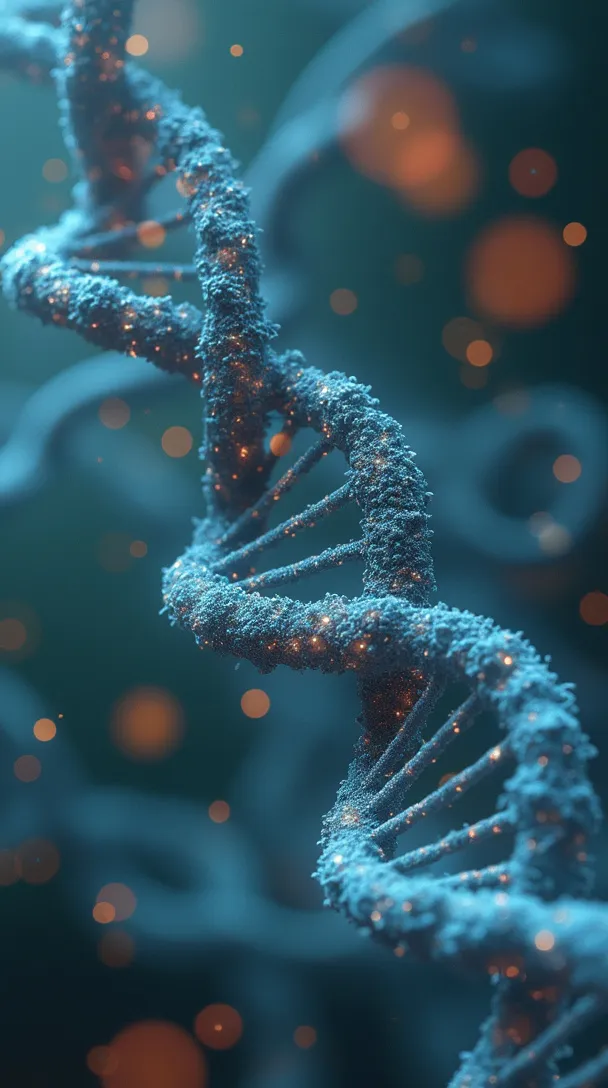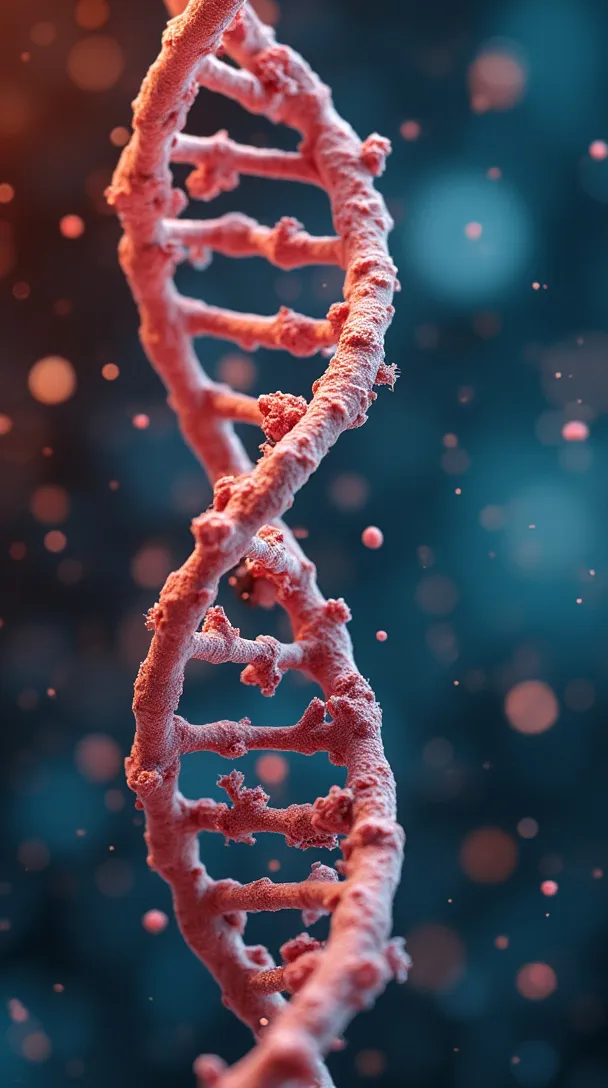Pragmatism
We focus on output over virtue signaling or idealism. Timelines are short; we don't have the luxury for such indulgences.
Industry
We utilize a novel lean governance structure built to avoid the creation of bloated, multi-layered peerage networks.
Efficacy
Our attention is determined by: [Criticality to the future of humanity] / [Number of other groups effectively tackling the problem]
The Effective Altruism movement was founded to counter the subconscious tendency to focus on altruistic actions that maximize social signalling over actual impact. Over time, the movement became overtaken by the very social signaling-driven decision-making that it was created to combat.
As a result:
- It wastes resources on non-neglected cause areas like environmentalism.
- It ignores existential threats to our species like population collapse and dysgenics.
- When it does correctly identify issues, it wastes resources on unrealistic solutions, like a treaty to shut down all AI research globally.
- It spends resources maintaining a bloated bureaucratic peerage network which functions like a pyramid scheme.
The Hard EA project was established to embody the spirit that inspired the EA movement's foundation. Hard EA involves the creation and execution of self-sustaining efforts to promote human flourishing and advancement that are compatible with pluralism, variety, and competition.

Our Values
Our core goal is to boost humanity's odds of maturing into a pluralistic intergalactic empire. This goal is based on three core values:
- Humanity is good: Any future without the descendants of humans is one in which we have failed.
- Humanity exists to improve: Any future in which our descendants have stagnated represents a failure scenario.
- Pluralism is good: We fight for a future in which the significant physical, cultural, and ideological variety of the descendents of humanity is celebrated. A future in which humans survive but are all the same is one in which we have failed.
The Hard EA Formula
We prioritize cause areas based on the following formula:
[Criticality to the future of humanity] / [The amount of resources going to groups effectively tackling the problem]
We make exceptions to this formula for qualifying projects related to highly-funded cause areas when presently-fuded efforts addressing the issue are not, per our judgment, actually "solving the problem" (either by being iterative rather than groundbreaking or by just calling attention to the cause area rather than addressing the cause).
AI risk and education reform present examples of cause areas falling into this category.

Cause Areas
The Hard EA formula has led us to conclude that the largest unaddressed threats to humanity are resolvable by developments in three core categories.
Social Innovation
Not only is it clear that the dominant culture in our society is unable to motivate thriving with the rapid spread of rampant nihilism, but the very institutions on which our society is built—from our government to our education system and dating markets—are atrophying from a lack of redevelopment in the face of a changing social and technological context. If the foundations of our existing social system begin to break down, humanity may lose the ability or the will to deal with existential threats. As things stand, the second greatest threat to humanity after AI is declining fertility rates, and extant legacy EA organizations are not working to address this issue.
Biological Innovation
The Soft EA movement has moved to rule out discussion of dysgenics as a catastrophic risk, as well as efforts to support the development of bio-accelerationist technologies, despite the fact that this tech offers one of our most realistic paths to addressing AI risk. For centuries, man has existed as a partnership between the synthetic and the biological. This partnership allowed our biology to unnaturally stagnate as we found synthetic solutions to things we would have evolved to address. Now our synthetic component, in the form of AI, has moved so far past our biology that it has turned around and put a gun to our head, demanding we catch up.
AI Innovation
AI risk is one of humanity's greatest threats at the moment, yet many of the major organizations "working on this" are essentially pyramid schemes that exist to bring attention to themselves and raise money, then use that money and attention to bring yet more money and attention to themselves, all while doing nothing but outputting unrealistic proposals that serve more to help them raise panic and money than address the threat. (For example, the suggestion that all governments around the world create a treaty to stop AI development.) We will be putting resources towards any realistic project to mitigate AI risk.

Social Innovation
Biological Innovation


AI Innovation
Funded Projects
IVG Development
We are on a mission to enable safe and effective human in vitro oogenesis-the process of producing human eggs from somatic cells. Our approach uses directed differentiation of human iPSCs to ovarian cell types (including granulosa cells and meiotic germ cells) by manipulating expression of TFs and RNA-binding proteins. We believe this method has unique advantages that will provide a faster, more reliable, less invasive, and more available method for IVF. If we are successful, it will mark a paradigm shift in treatments for infertility and offer a new path to parenthood for millions of people around the world.
A less technical explanation is:
Current treatments like in vitro fertilization (IVF) can be costly, invasive, and not always successful. We’re developing a groundbreaking solution: in vitro gametogenesis (IVG). Think of IVG as the next generation of IVF. It’s designed to be more effective, less invasive, and potentially more affordable. Our mission is to perfect this technology, making the dream of parenthood a reality for many more families.
Our technology starts with ordinary body cells – like skin, muscle, or blood cells. We first turn these cells back into stem cells, which can become any type of cell in the body. From these stem cells, we then coax the development of two types of reproductive cells. The first are support cells that normally nurture egg development in the ovaries. The second are early-stage egg cells, which we guide through meiosis, the special type of cell division unique to reproductive cells. We then bring these two cell types together in the lab. By recreating the nurturing environment typically found in the body, we aim to produce fully functional human egg cells.


Gene Therapy
We are working on making a gene therapy for age-related macular degeneration, or AMD. AMD is the leading cause of blindness in developed countries and an effective therapy could prevent several hundred thousand people per year from becoming blind.
What makes our approach novel is our plan to edit multiple genetic variants at the same time. Current gene therapies only target monogenic conditions such as sickle cell anemia. We plan to target multiple variants at once using targets picked by GWAS instead of expert based analysis of cell pathways. Most diseases are influenced by many genes, so if our approach works, gene therapy will become a general purpose tool to treat many diseases such as Alzheimer’s, Parkinson’s, liver disease and more. It will also likely be possible to enhance tissue functionality with the same delivery platform by simply switching the editing targets (a comparatively simple task).
A convergence of editing techniques, data, and delivery vectors mean that this approach has only been possible for the last few years. Our chief scientific officer is a pioneer of multiplex gene editing, and developed several of the most effective techniques for doing many edits at once.


Do Your Part
Actions speak louder than words. If you care about long-term human flourishing, take action that will change the trajectory of history. We can help you get going.
Our partners


